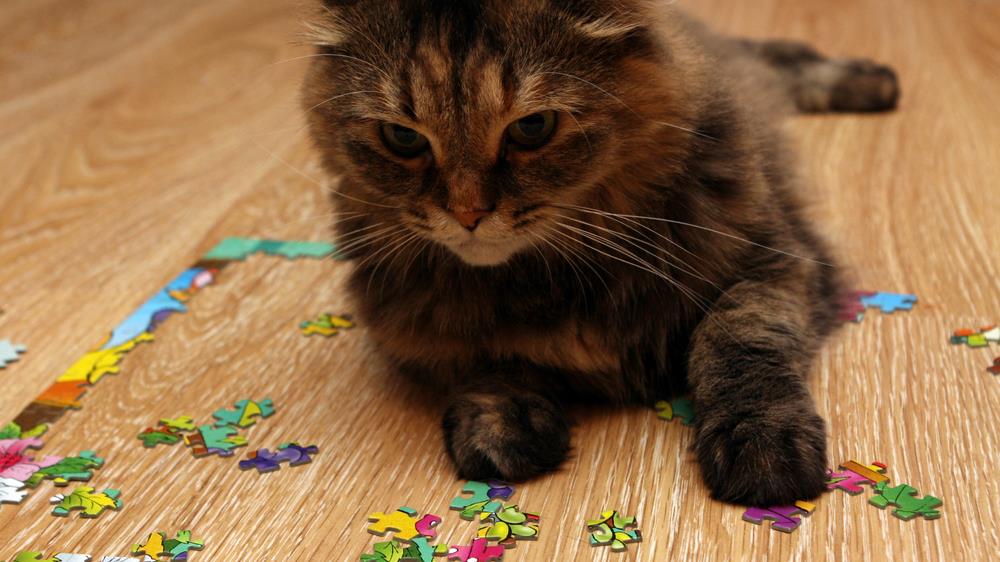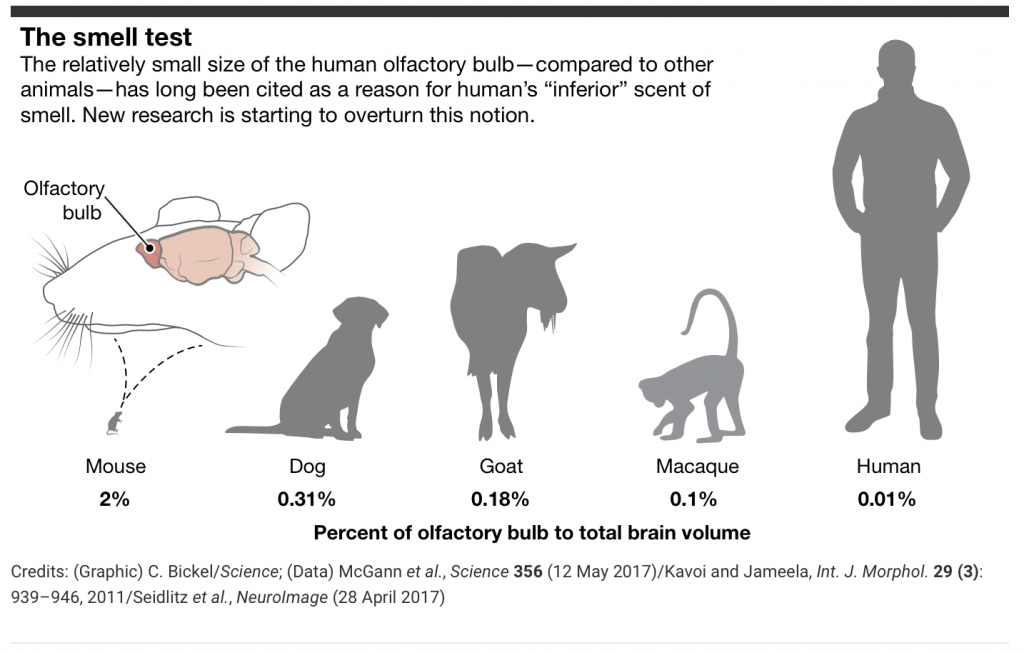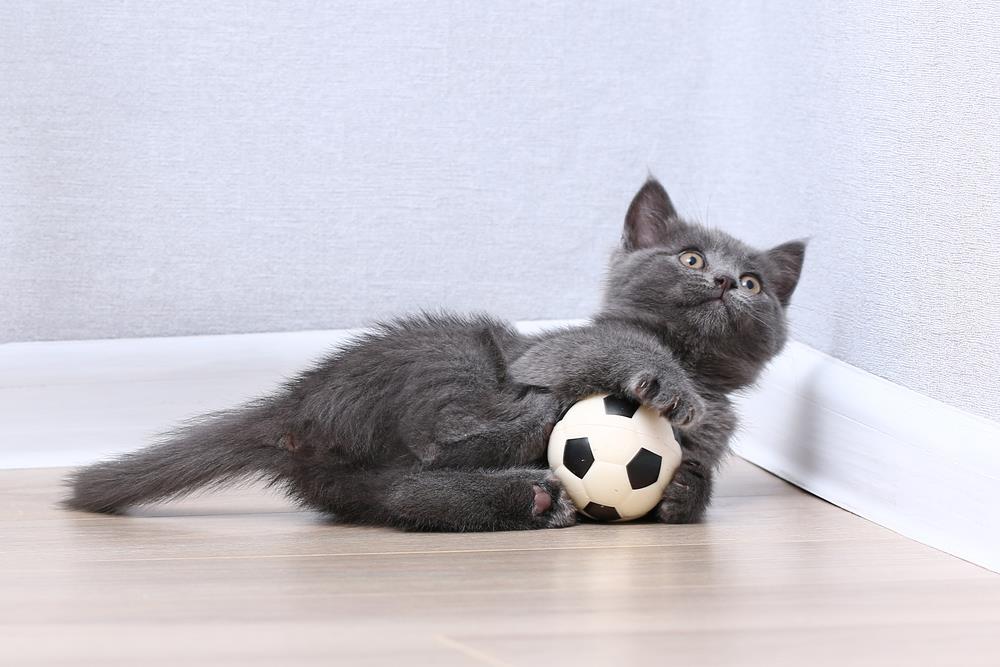Understanding Mental Stimulation in Pets
An essential aspect of pet care, often overlooked, is their mental stimulation. Studies have demonstrated the importance of cognitive engagement in the overall health and wellbeing of animals. It’s not just about physical exercise; our furry friends also require mental challenges to stay happy and healthy.

Mental Stimulation: Not Just for Humans
Like humans, pets also thrive with regular mental stimulation. It wards off cognitive dysfunction syndrome in ageing pets and keeps them emotionally balanced. A study found that cognitive stimulation in humans reduces the risk of dementia, and the same principle applies to pets. Engaging your pet in mentally stimulating activities not only strengthens the bond but also enhances their cognitive abilities.

Understanding Pet Psychology
Comprehending the cognitive abilities of pets is an essential aspect of pet psychology. Pets are far more intelligent than we often give credit for. They possess the capacity for complex emotional responses and cognitive processes, much like humans. For instance, dogs are known to understand human emotions and even empathise with their owners,.
Pets’ Perception of Their Environment
Pets perceive their environment differently from humans. The world they encounter is primarily dictated by scent and sound. For example, a dog’s sense of smell is 10,000 to 100,000 times more potent than a human’s. This heightened olfactory perception shapes their understanding of their surroundings.

By understanding these fundamental aspects of pet psychology, we can enhance our relationships with our pets and meet their needs more effectively.
The Role of Mental Stimulation in Pets’ Health
Mental stimulation plays a vital role in the overall health of pets, contributing to their physical and psychological wellbeing. Engaging pets in regular mental stimulation activities, such as interactive games and puzzles, can help reduce the risk of developing cognitive dysfunction syndrome and other behavioural issues.

Impact of Mental Stimulation on Pets’ Physical Wellbeing
Studies indicate that mental stimulation can also have a positive impact on a pet’s physical wellbeing. Engaging the mind can help reduce stress levels, improve digestion, and boost the immune system, leading to better overall health. Studies have shown pets who receive regular mental stimulation tend to have lower rates of obesity and live longer, healthier lives.
Therefore, providing mental stimulation is not just about keeping your pet entertained—it’s an essential part of maintaining their health and happiness.
The Relationship between Mental Stimulation and Pets’ Behaviour
Mental stimulation plays a critical role in the behaviour and overall well-being of your pets. Research has shown that a mentally stimulated pet is not only happier but also tends to behave better. This is because mental exercises, like physical ones, help to channel their energy in a positive direction.
How Lack of Mental Stimulation Can Lead to Behavioural Issues
Conversely, a lack of mental stimulation can lead to behavioural issues in pets. Pets, like humans, can become bored or frustrated when their minds are not challenged. This can lead to destructive behaviour, such as chewing on furniture or excessive barking. Providing mental stimulation, therefore, is not only beneficial for your pet’s mental health, but can also save you from potential damage to your belongings.
I recommend including an infographic here that illustrates the correlation between mental stimulation and pet behaviour. This can help to visually reinforce the importance of mental stimulation for pets.
Different Ways to Mentally Stimulate Pets
Our pets, much like us, require mental stimulation to maintain optimal mental health and happiness. Keeping pets mentally stimulated is just as important as physical exercise. It helps prevent common behavioural issues like boredom, anxiety and aggression. Moreover, it can boost their problem-solving skills and overall well-being.
Introduction to Various Methods for Mental Stimulation
There are plenty of ways to mentally stimulate your pets. Interactive toys, such as Kong toys, can keep them engaged for hours. Treat-dispensing toys or puzzle feeders are also effective as they stimulate pets to think and work for their food.

Tips and Suggestions for Incorporating Mental Stimulation in Pets’ Daily Routine
- Make meal times more challenging by using interactive feeders or treat-dispensing toys.
- Introduce new toys and rotate them regularly to keep your pet’s interest.
- Training sessions, not only provide mental stimulation but also strengthen the bond between you and your pet.
Remember, the goal is to keep your pet’s mind active.
Case Studies: The Effects of Mental Stimulation on Pets
Research and real-life examples have demonstrated the positive impact of mental stimulation on pets. A study in the Journal of Veterinary Behaviour found that dogs provided with regular cognitive exercises exhibited less destructive behaviour and separation anxiety compared to those without.
Similarly, a comparative study on cats indicated that regular mental stimulation, like puzzle feeders, resulted in lower aggression and stress levels. It’s clear that mental stimulation plays a pivotal role in maintaining the emotional health of our furry friends.
These studies underscore the importance of incorporating mental stimulation into the daily routines of pets. Not only does it contribute positively to their emotional wellbeing, but it also fosters a better relationship between pets and their owners.
Recommendations
I recommend the addition of an image or chart that illustrates the behavioural differences in pets with and without mental stimulation. This visual aid would assist in understanding the significant impact of mental stimulation on pet behaviour.
The Crucial Role of Pet Owners in Mental Stimulation
As pet owners, we have a unique responsibility to ensure our pets are mentally stimulated. This involves more than just physical activities; it requires a consistent effort to engage their minds. Boredom and monotony can lead to behavioural issues, including destructive behaviour and anxiety.

Recognising Signs of Inadequate or Excessive Mental Stimulation
Signs of insufficient mental engagement in pets include restlessness, excessive barking or meowing, and destructive behaviours. Conversely, too much stimulation might result in stress or hyperactivity. It’s crucial to strike a balance by observing your pet’s behaviour and adjusting the stimulation accordingly.
I recommend adding a chart here that shows the behaviours exhibited by pets with varying levels of mental stimulation. This visual aid will assist pet owners in recognising the signs and adjusting their pet’s routines to provide optimal mental engagement.
Conclusion: Promoting a Healthy Pet Lifestyle
In summary, mental stimulation is a critical aspect of a pet’s overall wellbeing. It’s not just about physical health; their mind needs exercise too. Studies have shown that mental stimulation can significantly improve your pet’s mood and cognitive functions. Thus, it’s imperative to make mental stimulation a priority in your pet care routine.
As a responsible pet owner, it’s our role to ensure that our pets lead a healthy and balanced lifestyle. Incorporating mentally stimulating activities into their routine not only keeps them entertained but also enhances their cognitive abilities. Remember, a mentally healthy pet is a happy pet!
Related posts
Recent Posts
- Pet Emergency Preparedness: Ensuring Your Furry Friend’s Safety in a Crisis
- The Importance of Pet Vaccinations: Protecting Your Furry Friends
- Kitten Feeding Guide: Essential Tips for New Cat Owners
- Dangerous Pets: What You Need to Know Before Bringing One Home
- Understanding Pet Loss Grief: Coping with the Loss of a Beloved Animal Companion


